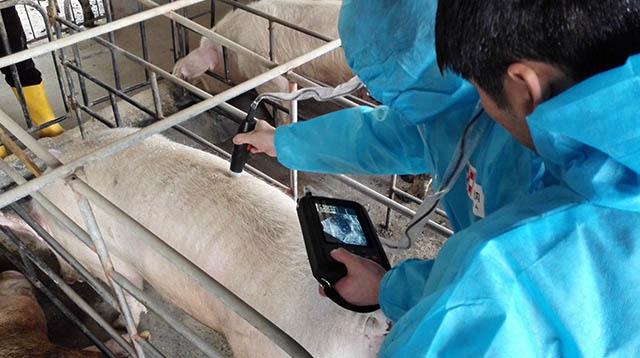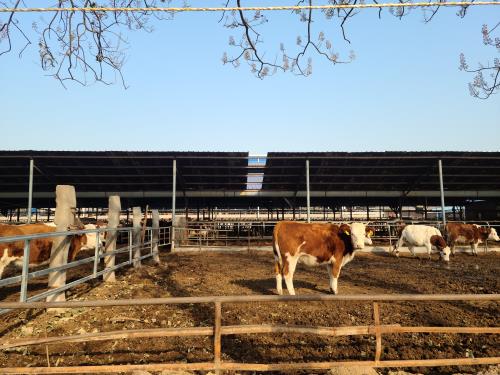The fat on the carcass of beef cattle is divided into renal fat, subcutaneous fat, abdominal fat, and intramuscular fat. Intramuscular fat cannot be physically removed from the carcass, but can be extracted through chemical methods. At present, the most advanced method is in vivo measurement, which measures the intramuscular fat of live cattle using ultrasound.

Fat is the energy storage reservoir of animals. When animals have excessive nutrition, fat accumulates and is stored in the kidneys, pelvic cavity, subcutaneous tissue, and muscles. When the intake of nutrients is insufficient, stored fat is used as energy to maintain the life of the body. Most intramuscular fat is distributed on the muscle bundle membrane, which has a separating and diluting effect on muscle fibers. Therefore, the higher the content of intramuscular fat, the greater the tenderness of the muscle. When the amount of intramuscular fat deposition is large enough, marble patterns are formed. On the ultrasound of cows, the marble patterned muscles will present an image of alternating strong and weak echoes.
When using ultrasound to detect intermuscular fat in the forelimb muscles of beef cattle, it was found that the higher the content of intermuscular fat, the higher the nutritional value and taste of the muscles. The higher the intramuscular fat content of some people, the more tender roasted pork chops become. The deposition of intramuscular fat dilutes and weakens the connective tissue of muscles, thereby improving the tenderness of meat. To maintain good muscle palatability, muscles must contain a certain amount of intermuscular fat.
The content of intermuscular fat is positively correlated with the flavor, juiciness, and tenderness of meat, and also has a significant improvement effect on the texture, firmness, and water retention of muscles. Fat contains precursor substances with muscle flavor, and during the heating and cooking process, the fatty acids in fat and free fatty acids between muscle fibers will generate flavor and taste substances. Western countries such as Europe and America prefer a small and evenly distributed amount of intramuscular fat, while countries such as China, Japan, and South Korea often require a higher content of intramuscular fat.









